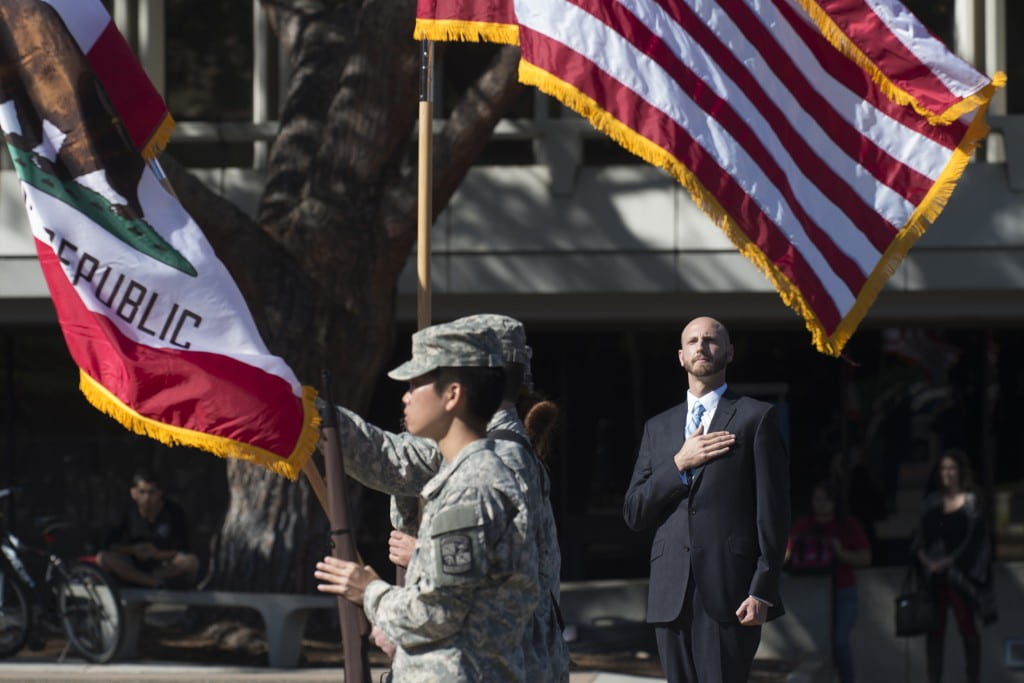Southern exposures
Photographer Connie Samaras traveled to the end of the world to capture some out-of-this-world images
With a dreamy look at the image below, the viewer might well imagine being on the coast, gazing at a seascape that seems limitless. Huntington Beach on a bright, 80-degree afternoon is not so much of a stretch.
Now drop the temperature about 130 degrees and start the piercing winds. It’s the Antarctic and the living isn’t so easy. Connie Samaras spent six weeks in this harsh but vivid environment last November to complete an unusual photography project.
Samaras, a UCI studio art professor since 1991, wasn’t there just to capture nature. Given this rare opportunity courtesy of the National Science Foundation’s Antarctic Artists and Writers Program, her goal was to record the few old and newer buildings used mostly for research and reveal how they merge with the extreme climate. But while finding the threshold between the two, the strange beauty comes through, as with the photo of the ice on the polar plateau. Samaras says it reminds her of the ocean, and one can see why.
Then there is the aerial view of the Dome at the Amundsen-Scott South Pole Station, the area’s core facility. Embedded in the snow – and destined like most polar structures to be completely submerged after only 35 years – the object resembles a UFO that has landed, sliding to a stop in a bed of white. Other pictures show tunnels and coiled infrastructure barely rising above the ice, almost swallowed by the terrain.
Samaras realizes how evocative the imagery can be. “It’s very hard not to go Ansel Adams,” she says, pointing out that her project required her to focus and not be overly swayed by photogenic vistas. The title, “Vast Active Living Intelligence System: Photographing the South Pole,” was borrowed from a book by science fiction writer Philip K. Dick and reflects her intent to show Antarctica’s often contradictory intersections of “technology, culture, nature, space and time.”
FROZEN STILLS
She ended up taking about 500 pictures, all impacted
by her sensibilities and the challenging conditions. Her equipment would only work for 20 or 30 minutes, and Samaras found herself breaking down under the exposure. The skin on her hands cracked so badly that she had to superglue her split fingertips each night.
“It was a nightly ritual, the superglue; you had to do it or you couldn’t go out the next day,” Samaras recalls. “And just being out in the cold, your thinking would slow and it would be hard to concentrate. The elements had a huge effect. In the end, I was amazed at how much I was able to come away with.”
Her confidence is justified. Samaras’ images tell an Antarctic story. What the viewer brings to them is also part of that story. It’s all in the eye of the beholder.


